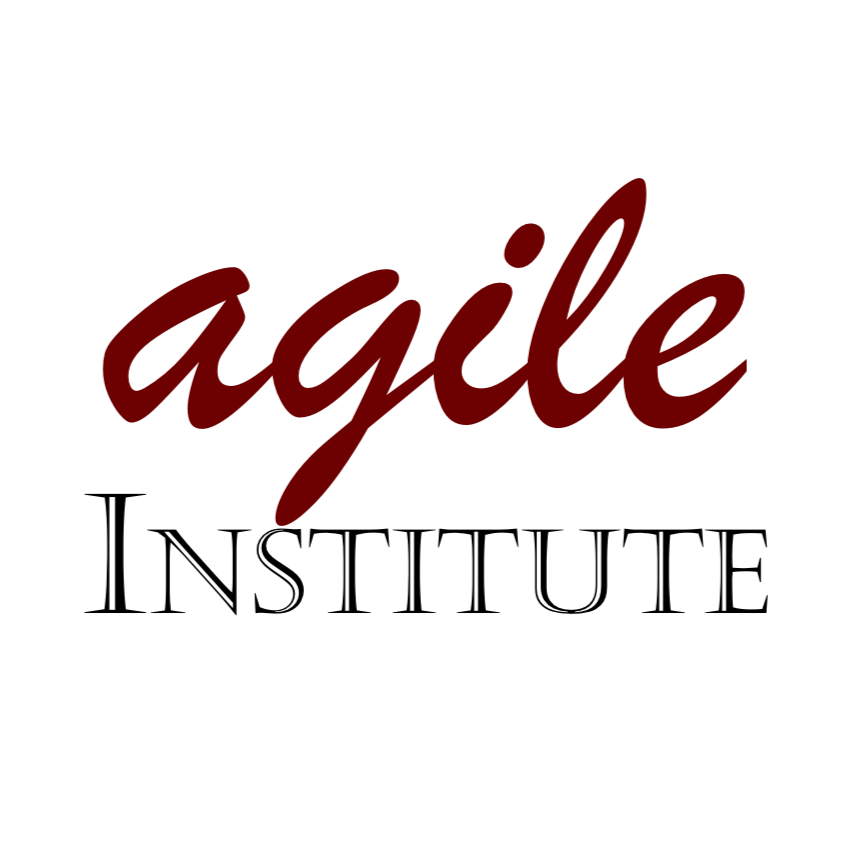Whole-Team Essentials
This fresh new course was inspired by our observations of highly successful Agile clients!
Bring your whole team together to work on the most important request, using a foundation of Kanban, Behavior-Driven Development (BDD), and Ensemble (a.k.a. “Mob”) Programming.
I refer to this mash-up as Doubly Extreme Agile, because it looks a bit like Extreme Programming (XP), but with the levels of collaboration “turned to 10” as well.
We’ll cover the basics of each foundational practice through immersive activities, then set you free on your own product, adjusting and exploring as we go.
Options
Variable length: 3 to 5 days (or 20-40 hours)
Objectives
Learn how your product can be designed and crafted in a manner that is truly responsive to a changing marketplace or creative customer requests.
Keep the team focused on truly competitive, useful, worthwhile product enhancements.
Experience a very lightweight, straightforward methodology blending Kanban; Behavior-Driven Development (BDD); Ensemble/Mob Programming; and frequent, brief, empirical retrospectives.
Adapt to the highly iterative and incremental nature of Agile software development by using BDD to rapidly focus on priorities, demonstrate progress, and lock in your investment in time and functionality.
Greatly reduce defects that typically occur due to ordinary mistakes and common misunderstandings.
Experience the productivity gains that come from staying focused, having immediate conversations and feedback from stakeholders, and from not working in isolation.
Experience how the greater the immediate challenge, the more effective it is to have more eyes (and brains) on the actual software development activities (analysis, testing, development, deployment…).
Audience
The whole software team.
Prerequisites
A willingness to try something very different from what you are doing today.
Virtual: All team-members have a webcam.
In-person: A place where teams can sit together without interruption, with a very large monitor so everyone can read text on the screen.
Got Scrum?
Not to worry. Scrum and Kanban are entirely compatible.
What will be different? Imagine if each day was a mini-sprint. We get together in the morning, and decide which user-story to work on. We discuss the business rules and narrow in on concrete examples. We turn those into agreed-upon automated test scenarios. We write the code test-first. When the story is done, we review it, demonstrate it, and discuss it. We review what we’ve learned and what we might do better. We may adjust the layout of the Kanban “wall” to reflect the reality of our activities: from a customer request, or a great idea from Product—all the way to deployment, when it’s being used by a customer for their own needs. We may also adjust how we interact: Perhaps shorter rotations at the keyboard, or writing today’s Gherkin scenarios in a way that is even more clear than yesterday’s.
The whole team (including Product, BA, QA, DevOps, Development) is sitting together. Because of this, all Scrum events (daily scrums, planning, reviews, retrospectives) occur—to some degree—continuously.
Sounds a lot like Scrum, right? Some other details are present, but just look a bit different. For example, instead of story point estimates and “velocity,” Kanban teams use continuously-updated empirical measurements such as average cycle-time or lead-time.
After the course, you will be able to continue with your established sprint-length and event schedule; though you may find your scheduled interactions becoming shorter and shorter as communication and collaboration become more on-demand, or “just-in-time.”
